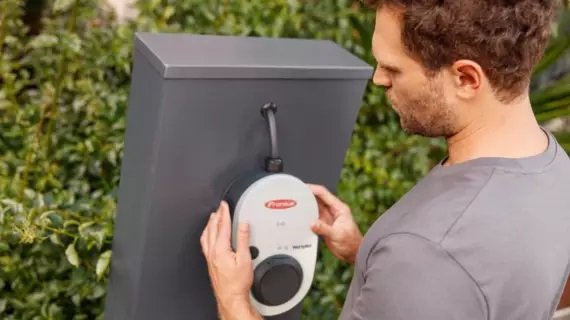Choosing a solar power system was always a key decision for us. This is how we approached it and decided to select Solargain to provide our solar energy solution.
The Stellulata Cohousing concept included a strong vision of sustainability from the beginning, along with cooperative living. The physical design of the building started with the land and the orientation. Our architect, Brett Lowe created a solar passive design that uses a concrete slab to hold warmth collected from sunlight streaming through our extensive north facing windows. As a result, we are hopeful that heating and cooling will not require much electric power.
Stellulata Solar Angle Studies
Modern life however, also uses energy for cooking, communicating and transport. Brett designed large roof spaces at 30 degrees, a very good angle for catching solar energy on photovoltaic panels when you live 35 degrees south of the equator. Most of our 63 solar panels will be on that angle and they are all 27.7kW AKCOME Kookaburra 440W N Type which come with a 30 year product warranty.
(Full disclosure: If you follow any of our links to the Solargain website and purchase a PV system, Stellulata Cohousing will receive a referral fee to support our promotion of cohousing and sustainable living.)
Stellulata site plan showing location of solar power equipment
The real challenge was deciding how these panels would be configured and connected to a system of batteries and inverters. Joss is our lead researcher when considering sustainability issues related to solar. He really appreciated the way Paul Harris, and his team from Solargain and their partners Fronius, collaborated in meeting our requirements.
The Stellulata community is different. We have three households but we share many of our costs equally, not through measures of usage. We also wanted to reduce the chance that any one household might accidentally use all the resources that are intended for sharing, in this case the power stored in our batteries.
As the climate changes and the threat of damaging weather events increases, we want reliability and flexibility. Most solar power systems that are connected to the power grid, cannot operate independently for long if the grid connection drops out. We wanted to mimic an off-grid system, when necessary, using a feature called “islanding”.
Engineers from Solargain and Fronius worked together with us to develop the solution we needed. We will have 4 systems, for the 3 units and the common house, each consisting of a Fronius inverter and a BYD Battery-box.
Fronius inverter and BYD Battery-box
On a daily basis when the grid is present, the 4 systems will work as one to deliver solar and battery power to wherever it’s needed. For example, if one of the units were vacant, the solar and battery power connected to that unit would still be available to offset the power usage of the other units and the common house.
However, on occasions when there is a grid-outage, the 4 systems will isolate themselves and work independently. In backup mode, each unit will have available:
6.16kW of solar panels
5kW inverter
5.1kWh battery
and the common house will have a larger system:
7.92kW of solar panels
6kW inverter
10.2kWh battery
This means that one unit could not accidently drain all the community’s battery power during a grid outage. Each unit would have their own share of solar and battery power and would be able to make their own decisions about how to use that power throughout the duration of the outage.
The system will also include 4 Fronius Smart Meters allowing online monitoring of solar production and power usage of the property as a whole, and monitoring of individual units and the common house. This can help the community refine our activities to meet our objective of living lightly on the earth.
While not a major consideration, this design could easily transition if the property were to ever be sub-divided into separate properties with their own separate grid connection. No additional components would be required, and minimal modification to the installation would be necessary.
Other product combinations were considered by Joss and the Solargain team, but fell short in their capability to meet our requirements. Individually, the products are impressive but we were also interested to find that the combination of Fronius inverters and BYD batteries secured a spot in the top 3 in the Energy Storage Inspection 2024. The inspection is conducted annually by HTW Berlin, and is considered Europe's most important study on the topic of system efficiency for PV storage systems.
To round out the solar power system, we have included the Fronius Wattpilot EV charger.
Wattpilot EV charger
In Eco mode, we will be able to charge our electric vehicles with self-generated solar power, if it is available or the cheapest mains current. Next Trip Mode is for when we want to reliably charge an electric car to cover a specific journey – a certain number of kilometres – by a specific time.
Solargains’s system design looks great for our situation. We will provide updates on how it goes in practice, once it’s installed and in use.



